Sonus Paradisi
Arnstadt, 1703 – Bach organ [Hauptwerk]
Arnstadt, 1703 – Bach organ [Hauptwerk]
No se pudo cargar la disponibilidad de retiro
Arnstadt, Bach organ (Wender 1703)
The New Church in Arnstadt was where the young Johann Sebastian Bach has got his first job as an organist at the age of 18. He served there from 1703 to 1707. After Johann Friedrich Wender erected the new organ in 1703, it was Johann Sebastian Bach who inspected and inaugurated it. The Weimar consistory had sent the young, talented musician to Arnstadt, and the church committee, thrilled by his skills, immediately offered him the position as the organist. However, Bach was not completely happy there and he often had conflicts with other musicians and students of the local school. The situation became even worse when he disappeared for several months in 1705 after being granted leave for only 4 weeks. During this time he traveled to Lübeck to hear and study with Dietrich Buxtehude. In 1707 he left Arnstadt for Mühlhausen, and a year later he started to work for the Duke of Weimar.
Although Bach stayed in Arnstadt for only a few years, it was where he composed many of his famous organ works. The Wender organ may seem surprisingly limited for the great Bach and this set of pieces. With it, you have the chance to practice Bach pieces on the organ he had at his disposal in Arnstadt. The instrument is a two-manual organ with 21 stops. All divisions share a single case.
The organ has not survived until the present intact. Changed considerably several times in history, only about 25% of the original pipes exist today, although the facade of the organ case is original.
Presented to you by Leonart Studio, your authorised reseller for Sonus Paradisi in Switzerland (shipped internationally). Get your digitally sampled historical organs for the use with the Hauptwerk virtual instrument software.
Share this Sample Set
![Arnstadt, 1703 – Bach organ [Hauptwerk]](http://artful.shop/cdn/shop/files/ss_arnstadt1.jpg?v=1692952974&width=1445)
![Arnstadt, 1703 – Bach organ [Hauptwerk]](http://artful.shop/cdn/shop/files/ss_arnstadt2.jpg?v=1692952973&width=1445)
![Arnstadt, 1703 – Bach organ [Hauptwerk]](http://artful.shop/cdn/shop/files/ss_arnstadt3.jpg?v=1692952974&width=1445)
![Arnstadt, 1703 – Bach organ [Hauptwerk]](http://artful.shop/cdn/shop/files/ss_arnstadt4.jpg?v=1692952974&width=1445)
![Arnstadt, 1703 – Bach organ [Hauptwerk]](http://artful.shop/cdn/shop/files/ss_arnstadt5.jpg?v=1692952973&width=1445)
![Arnstadt, 1703 – Bach organ [Hauptwerk]](http://artful.shop/cdn/shop/files/ss_arnstadt6.jpg?v=1692952973&width=1445)
![Arnstadt, 1703 – Bach organ [Hauptwerk]](http://artful.shop/cdn/shop/files/ss_arnstadt7.jpg?v=1692952973&width=1445)
![Arnstadt, 1703 – Bach organ [Hauptwerk]](http://artful.shop/cdn/shop/files/ss_arnstadt11.jpg?v=1692952972&width=1445)
Specification (stop list)
-
Manual I
Oberwerk C,D-c3 [-f3]
Principal 8'
Viol di gamb 8'
Quintadena 8'
Grob gedakt 8'
Gemshorn 8'
Quinta 6'
Octava 4'
Mixtur
Cymbel
Trompet 8' -
Manual II
Brustpositiv C,D-c3 [-f3]
Still Gedakt 8'
Principal 4'
Spitz flote 4'
Nachthorn 4'
Quinte 3'
Sesquialtera
Mixtur -
Manual III
-
-
Manual IV
-
-
Pedal
Pedal C,D-c1,d1 [-f1]
Sub Bass 16'
Principal Bass 8'
Posaunen Bass 16'
Cornet Bass 2' -
Other specification
Couplers:
I/II, II/P.
More couplers may be achieved through the Hauptwerk Master Couplers.
Accessories:
Tremulant for the whole organ.
Vogelsang
Glocken in C
Glocken in G
a bell to a calcant
History
Arnstadt, Bach organ (Wender 1703)
The New Church in Arnstadt was where the young Johann Sebastian Bach has got his first job as an organist at the age of 18. He served there from 1703 to 1707. After Johann Friedrich Wender erected the new organ in 1703, it was Johann Sebastian Bach who inspected and inaugurated it. The Weimar consistory had sent the young, talented musician to Arnstadt, and the church committee, thrilled by his skills, immediately offered him the position as the organist. However, Bach was not completely happy there and he often had conflicts with other musicians and students of the local school. The situation became even worse when he disappeared for several months in 1705 after being granted leave for only 4 weeks. During this time he traveled to Lübeck to hear and study with Dietrich Buxtehude. In 1707 he left Arnstadt for Mühlhausen, and a year later he started to work for the Duke of Weimar.
Although Bach stayed in Arnstadt for only a few years, it was where he composed many of his famous organ works. For example:
Präludium und Fuge a-moll / BWV 551
Fantasia C-Dur / BWV 570
Fantasia h-moll / BWV 563
Fuge c-moll / BWV 574
Fuge c-moll / BWV 575
Präludium (, Trio) und Fuge C-Dur / BWV 545
Präludium E-Dur / BWV 566
Präludium G-Dur / BWV 568
Präludium und Fuge C-Dur / BWV 531
Präludium und Fuge c-moll / BWV 549
Präludium und Fuge e-moll / BWV 533
Präludium und Fuge G-Dur / BWV 550
Präludium und Fuge g-moll / BWV 535
Toccata und Fuge d-moll / BWV 565
The Wender organ may seem surprisingly limited for the great Bach and this set of pieces. Nevertheless, that is the reason why I include it in my Sonus Paradisi organ library. This way, everyone can have the chance to practice Bach pieces on the organ he had at his disposal in Arnstadt. The instrument is a two-manual organ with 21 stops. All divisions share a single case. The great organ offers no less than 6 stops of 8', a low quint (without a corresponding 16' stop!), Octave 4, Mixture, and a Cymbel. The positiv (Brustwerk) offers 7 stops in total, none of them a reed. The pedal division is limited to 4 stops, including a solo reed Cornet 2'. Interestingly, this pedal cornet is the only independent 2' stop of the entire instrument. While the organ offers few aliquotes, there is an outstanding range of color in the various foundation stops of wide, normal and narrow scaling.
The organ has not survived until the present intact. Changed considerably several times in history, only about 25% of the original pipes exist today, although the facade of the organ case is original. The original console of the Wender organ was moved to the local museum in 1864 and it was not reused during the latest restoration. Also, the windchests, action, and all the other inner workings were made in 2000 when Orgelbau Otto Hoffmann provided a detailed reconstruction of the Wender organ. Hoffmann's work was performed according to the original agreement of the church with Wender dated 1699, although there is no certainty that Wender built the organ exactly as described in this agreement. The missing stops were reconstructed after contemporary models; Posaune and Trumpet after Lahm (Herbst, 1728), Cornet after Abbenrode (Contius, 1708), Subbass after Horsmar (Wender, 1694).
Further reading:
https://orgelbau-hoffmann.de/wp-content/uploads/2017/02/Prospekt_Orgeln-Arnstadt.pdf
Colin Pykett: The 'Bach Organ' at Arnstadt (thanks to the user "larason2" for the link)
Features
The samples are offered in 48kHz/24bit resolution. The multiple releases have three levels: short, mid and long. Hauptwerk v4.2 and higher supported. The sample set is offered in plain wave format.
Reverb time
The reverb time is ca. 3 seconds.
Keyboards, pedalboard
The original compass of the keyboards is 48 keys (C,D-c3), extended in Hauptwerk to f3 via a dedicated mixer switch. Low C# added, too. The original compass of the pedal division is 25 keys (C,D-c1,d1), extended to f1 fully chromatically in the sample set. The original and the extended compas is user selectable via a dedicated switch on the mixer tab in Hauptwerk.
Tremulants
All ranks were recorded with the Tremulant for the most convincing tremulant behavior. The ranks are marked "tremmed" in the rank description.
Surround format
The sample set is offered in the Surround variant (8 channels). There are direct channels, featuring the sound of the organ immediately in front of the organ case. The diffuse perspective captured the sound in the church, further from the organ. The distant channels were captured even further from the organ. The rear perspectives is designed for the rear speakers of the audio setup. The perspectives can be mixed together freely to achieve any virtual listening position, or used separately - depending on the prefererences of the user. A dedicated "mixing desk" is available in Hauptwerk to mix the sound to the desired level.
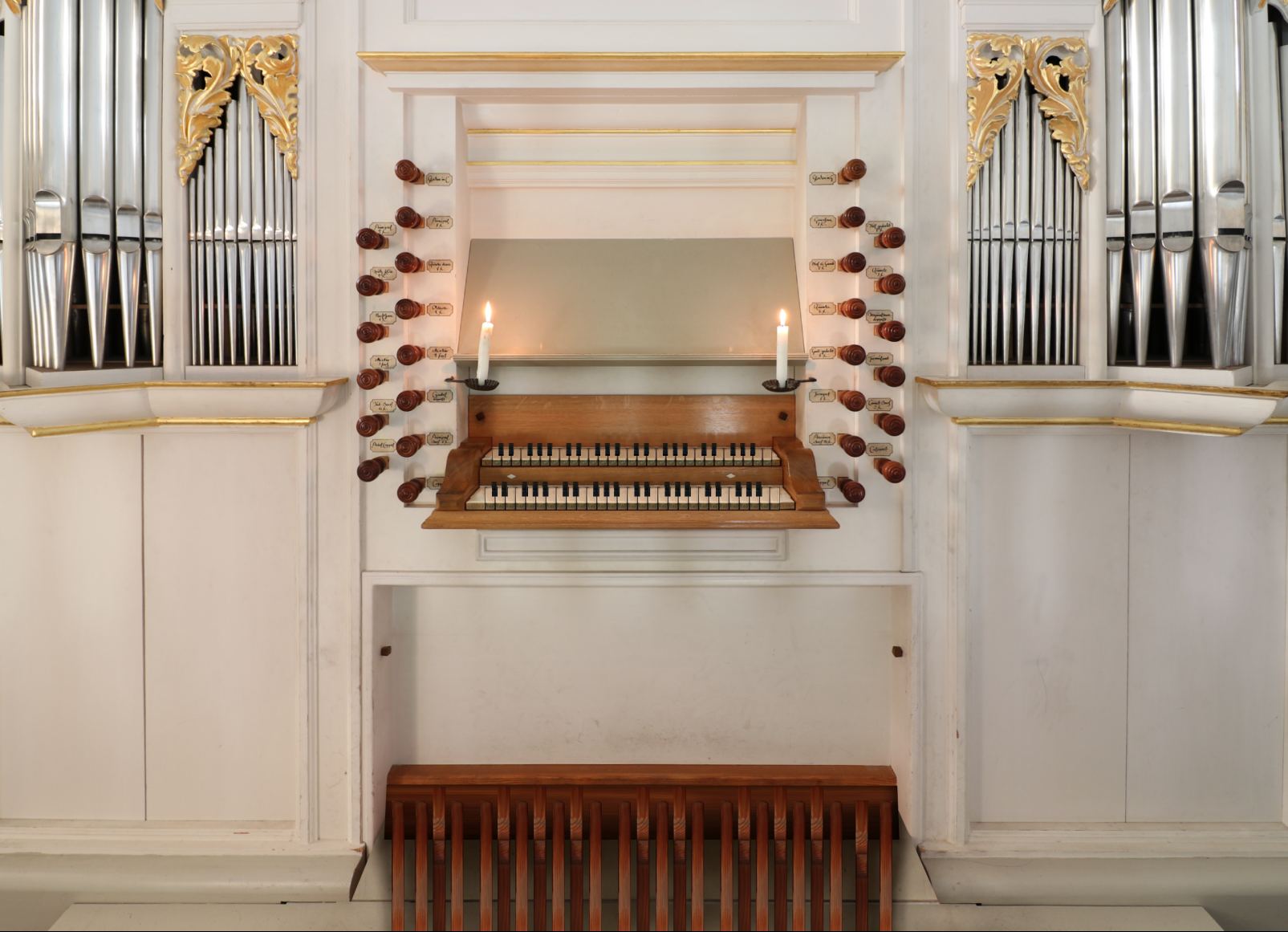

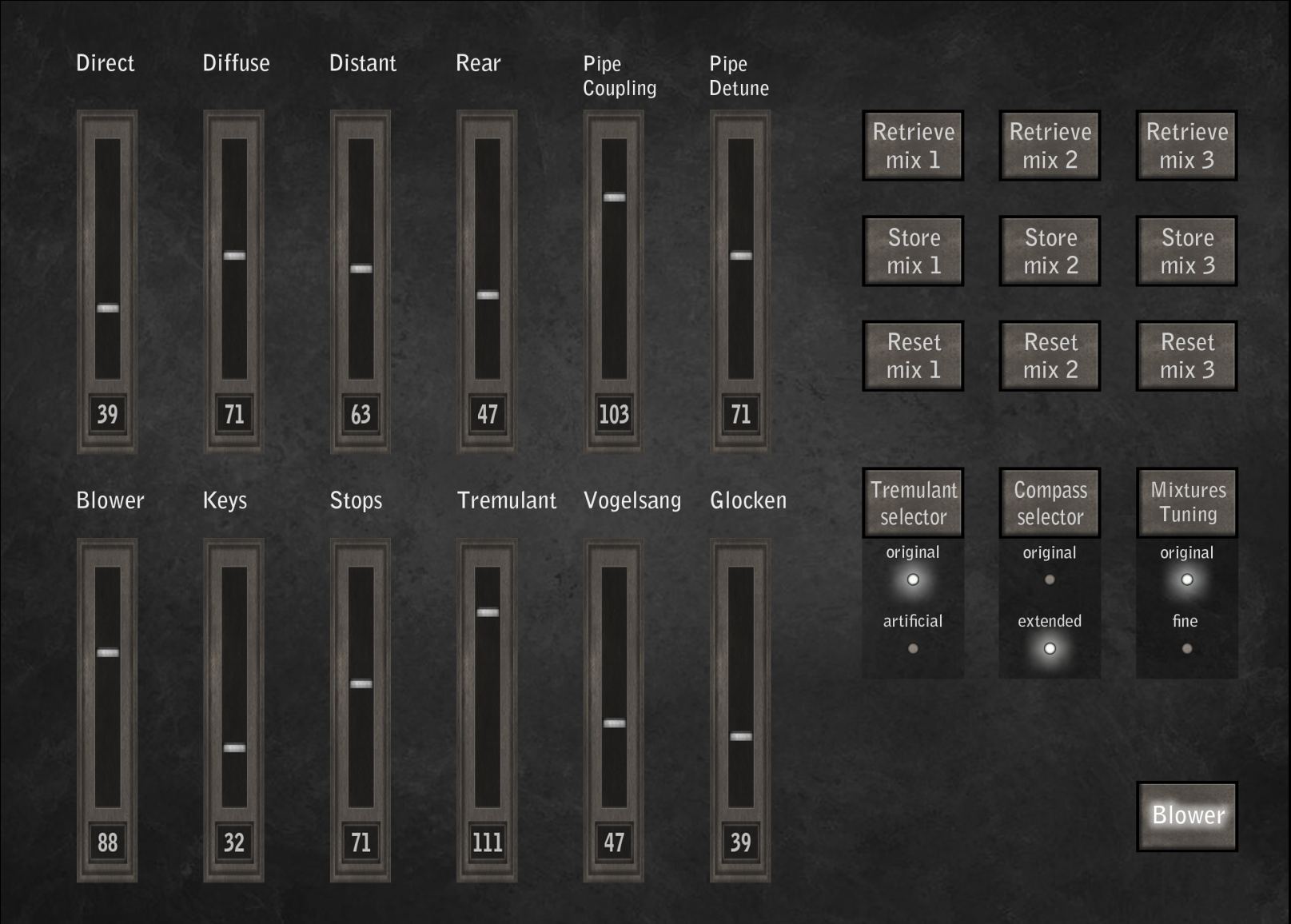
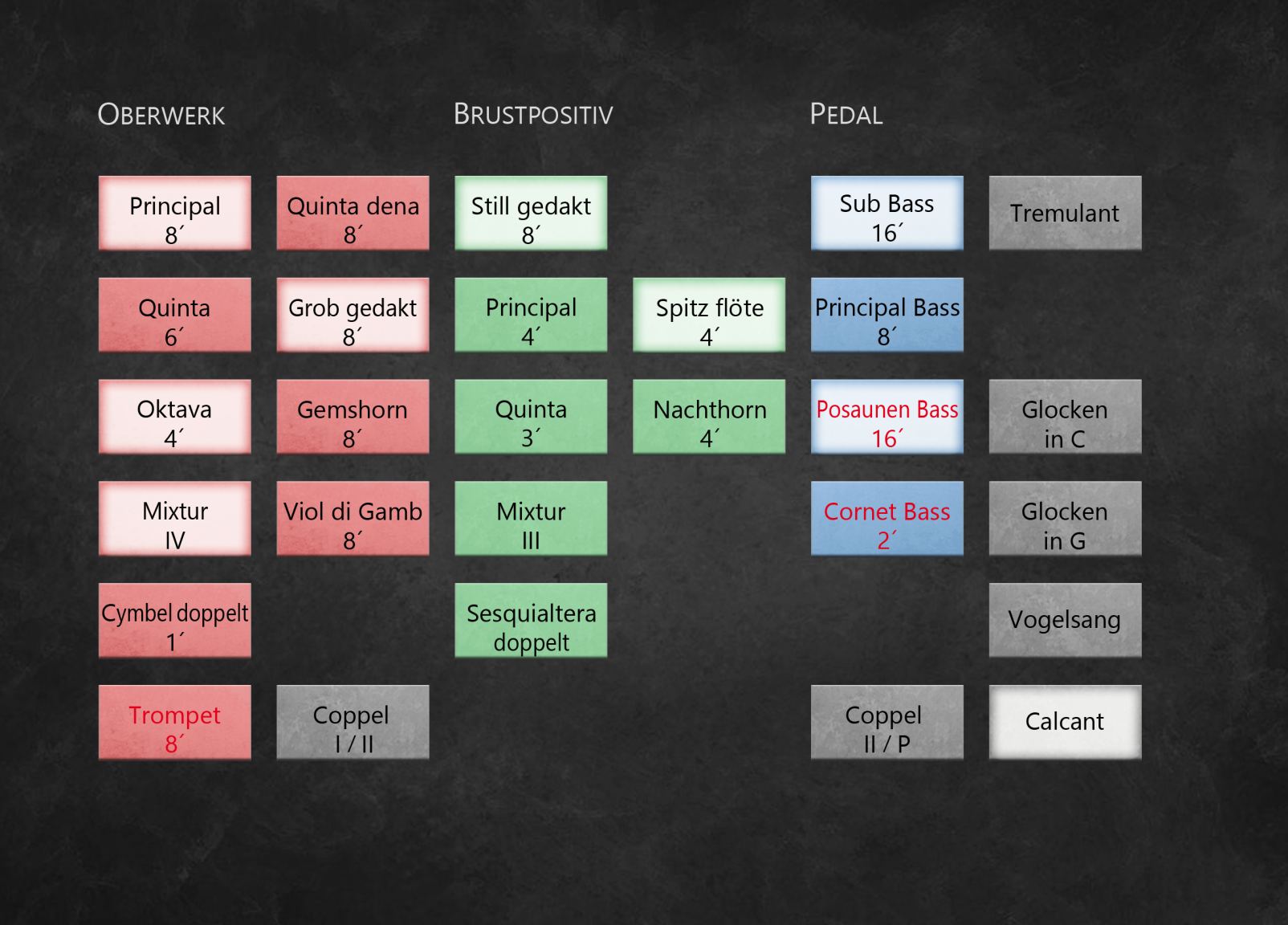
Requirements
Hauptwerk v4.2 and higher supported.
Requirements
RAM consumption: 8-channel surround
16-bit, other settings default: 18 GB
20-bit, other settings default: 29 GB (recommended)
24-bit, other settings default: 34 GB
Screen resolution 1280x1024 px or more.
Polyphony of 6000 voices recommended for the full suround (3000 pipes minimum).
This Hauptwerk Sample Set is presented to you by Leonart Studio, an authorised reseller for the manufacturer Sonus Paradisi in Switzerland (shipping internationally). Enjoy this digitally sampled organ library for the use with Hauptwerk software and start expanding your historical organ collection today.
More Hauptwerk Sample Sets
-
Casavant, 1995 [Hauptwerk]
Proveedor:Sonus ParadisiPrecio habitual CHF 174.90Precio habitualPrecio unitario / por -
Reuter, 1928 [Hauptwerk]
Proveedor:Sonus ParadisiPrecio habitual CHF 473.00Precio habitualPrecio unitario / por -
Rotterdam Hoofdorgel, 1973 [Hauptwerk]
Proveedor:Sonus ParadisiPrecio habitual A partir de CHF 330.00Precio habitualPrecio unitario / porCHF 958.10Precio de oferta A partir de CHF 330.00Oferta -
Groningen, 1450-1740 [Hauptwerk]
Proveedor:Sonus ParadisiPrecio habitual A partir de CHF 658.90Precio habitualPrecio unitario / porCHF 1,681.90Precio de oferta A partir de CHF 658.90Oferta -
Goerlitz, 2006 [Hauptwerk]
Proveedor:Sonus ParadisiPrecio habitual A partir de CHF 328.90Precio habitualPrecio unitario / por -
Bückeburg, 1997 [Hauptwerk]
Proveedor:Sonus ParadisiPrecio habitual A partir de CHF 1.10Precio habitualPrecio unitario / por -
Brasov, 1839 [Hauptwerk]
Proveedor:Sonus ParadisiPrecio habitual CHF 418.00Precio habitualPrecio unitario / por -
St. Omer, 1717-1855 [Hauptwerk]
Proveedor:Sonus ParadisiPrecio habitual CHF 323.40Precio habitualPrecio unitario / porCHF 410.96Precio de oferta CHF 323.40Oferta -
Stellwagen organ, St. Marien, Stralsund (1659)
Proveedor:Sonus ParadisiPrecio habitual CHF 858.00Precio habitualPrecio unitario / por -
![Clavichord Model [Hauptwerk]](//artful.shop/cdn/shop/files/ss_clavichord.jpg?v=1724310155&width=533) Agotado
AgotadoClavichord Model [Hauptwerk]
Proveedor:Sonus ParadisiPrecio habitual CHF 33.00Precio habitualPrecio unitario / por

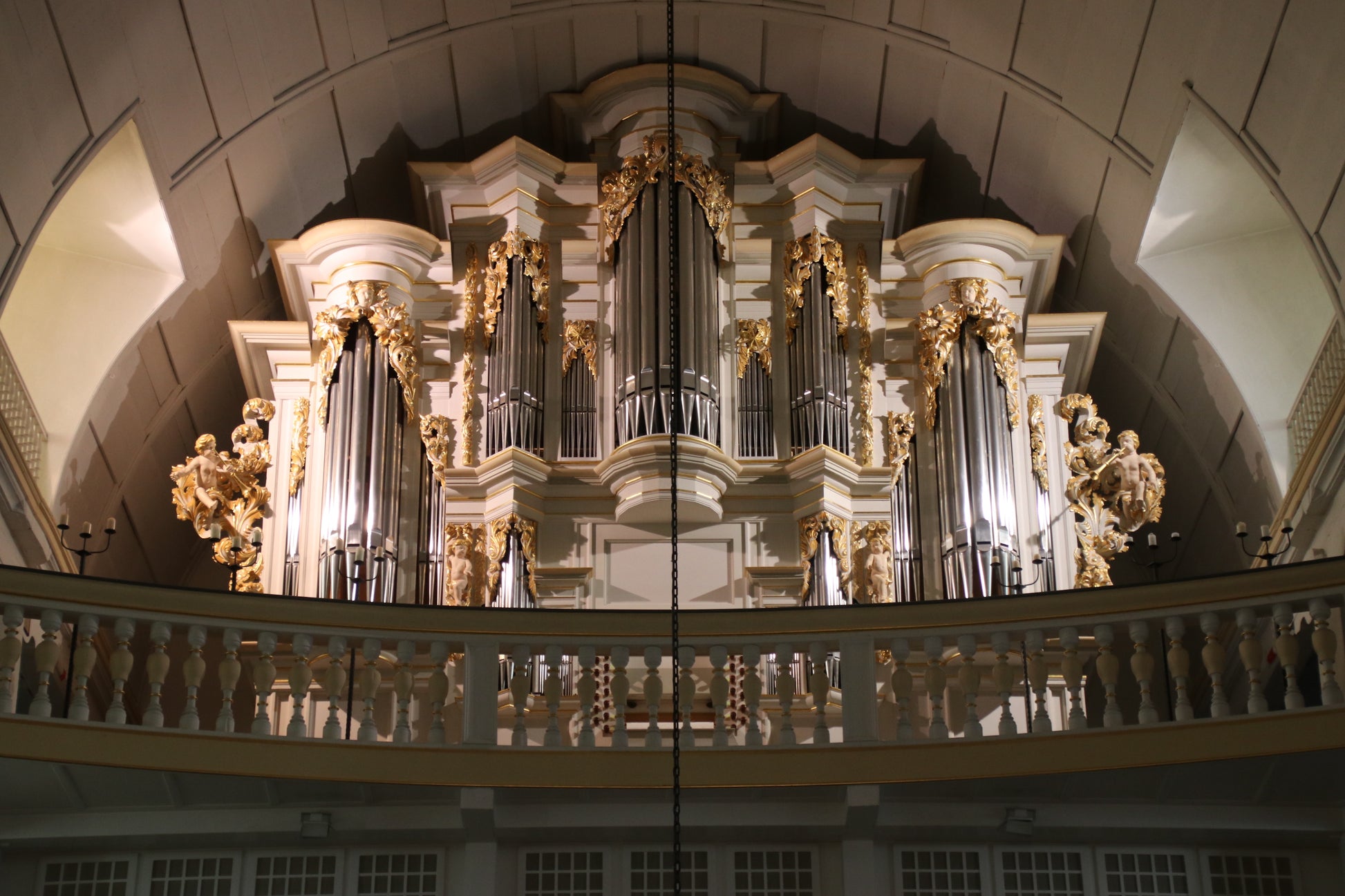

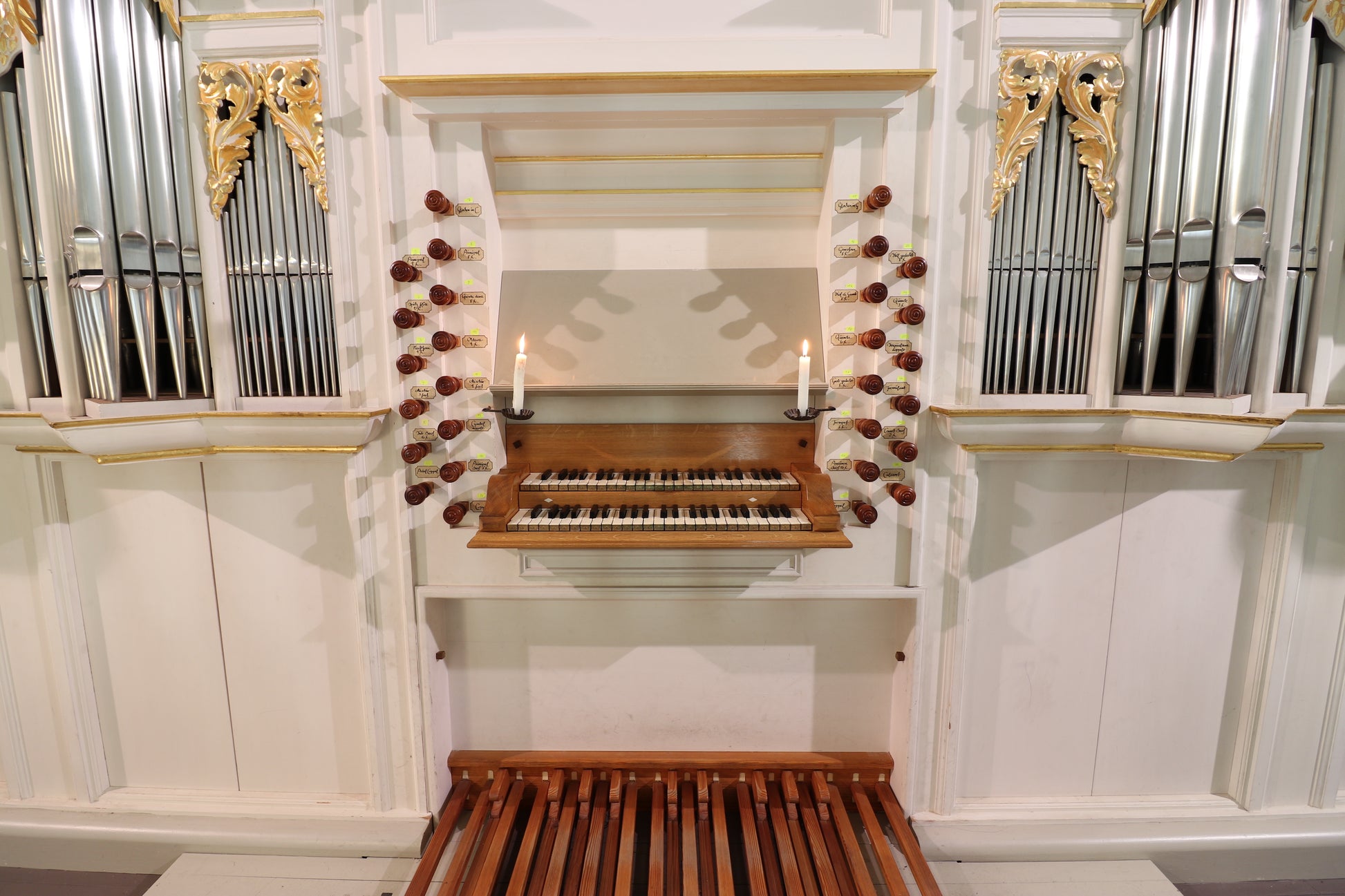
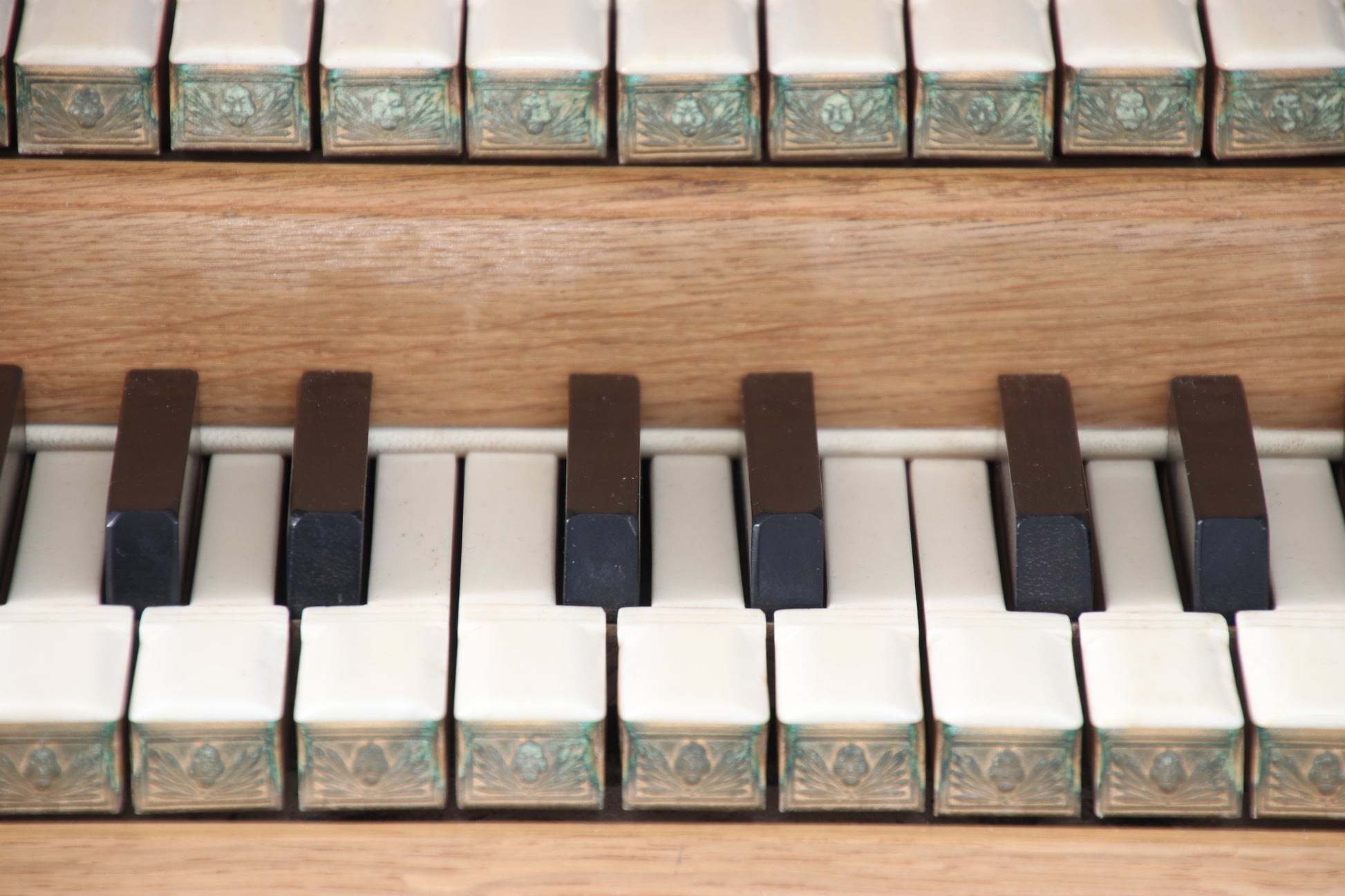
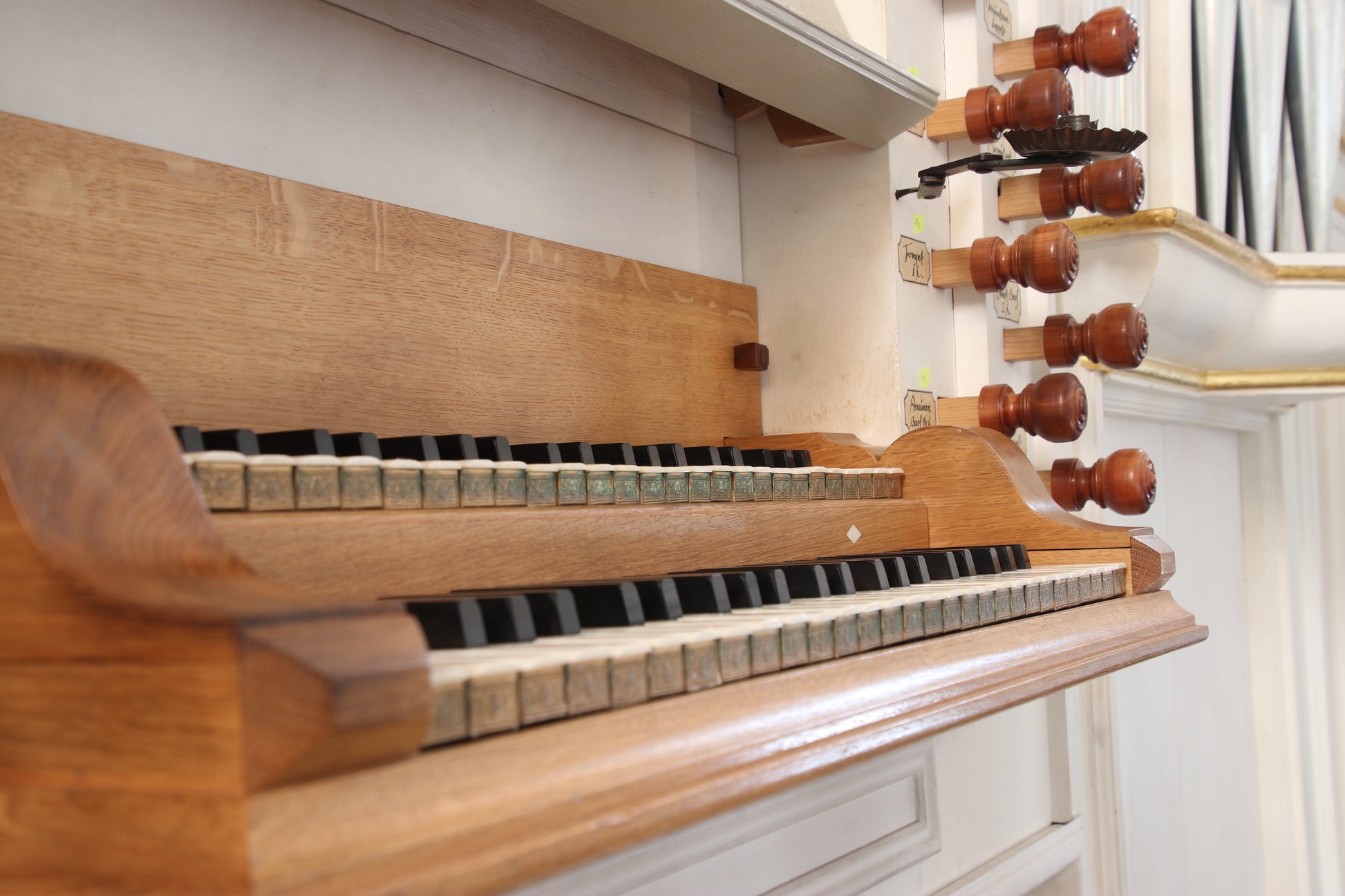
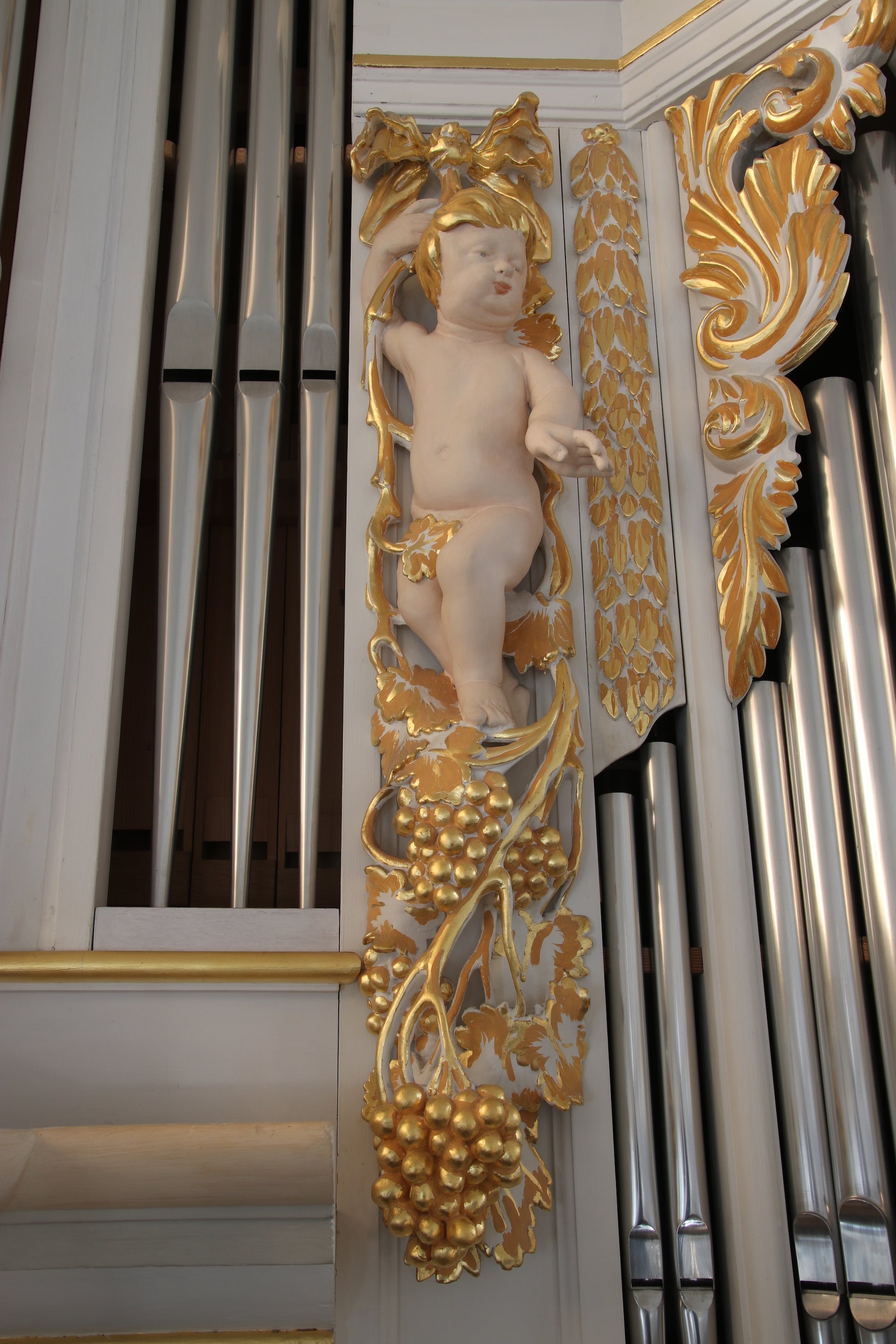

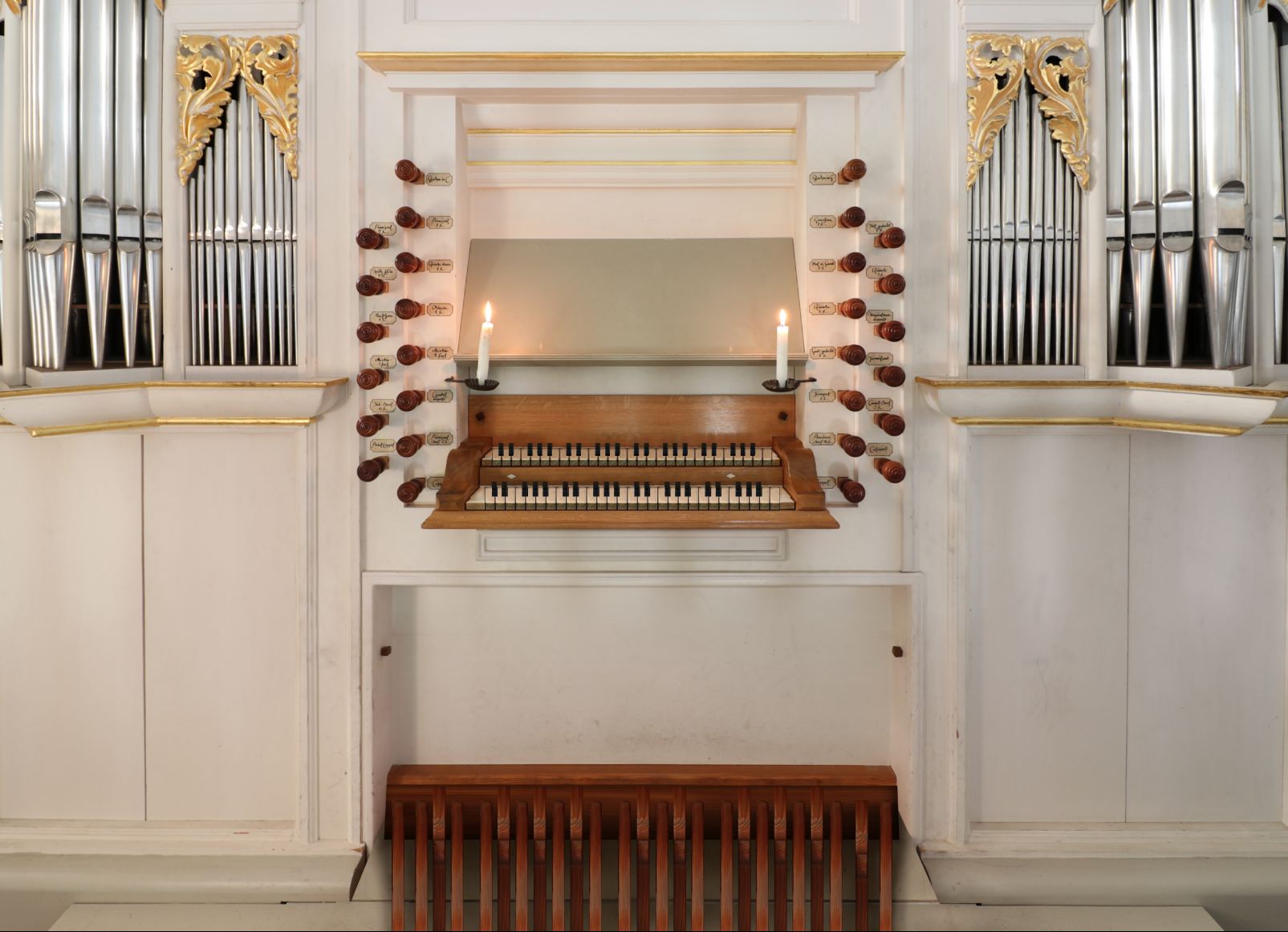
![Casavant, 1995 [Hauptwerk]](http://artful.shop/cdn/shop/files/ss_casavant1.jpg?v=1693319885&width=533)
![Reuter, 1928 [Hauptwerk]](http://artful.shop/cdn/shop/files/ss_Reuter1.jpg?v=1693321024&width=533)
![Rotterdam Hoofdorgel, 1973 [Hauptwerk]](http://artful.shop/cdn/shop/files/ss_RotterdamMain1.jpg?v=1693279529&width=533)
![Groningen, 1450-1740 [Hauptwerk]](http://artful.shop/cdn/shop/files/ss_Groningen1.jpg?v=1693275425&width=533)
![Goerlitz, 2006 [Hauptwerk]](http://artful.shop/cdn/shop/files/ss_goerlitz1.jpg?v=1692995837&width=533)
![Bückeburg, 1997 [Hauptwerk]](http://artful.shop/cdn/shop/files/ss_bueckeburg1.jpg?v=1692967628&width=533)
![Brasov, 1839 [Hauptwerk]](http://artful.shop/cdn/shop/files/ss_brasov1.jpg?v=1692967057&width=533)
![St. Omer, 1717-1855 [Hauptwerk]](http://artful.shop/cdn/shop/files/ss_omer1.jpg?v=1692904128&width=533)
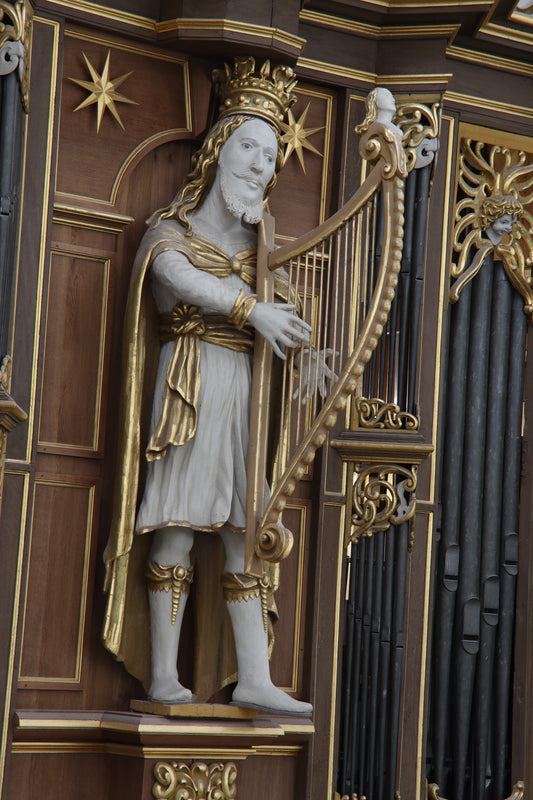
![Clavichord Model [Hauptwerk]](http://artful.shop/cdn/shop/files/ss_clavichord.jpg?v=1724310155&width=533)